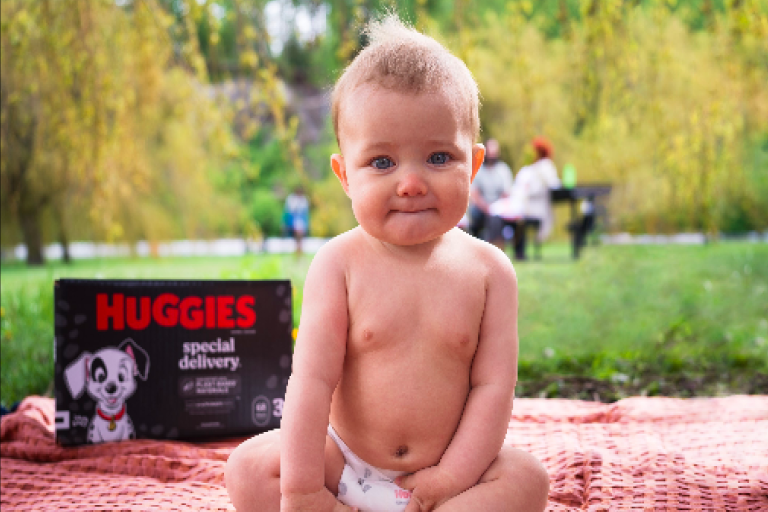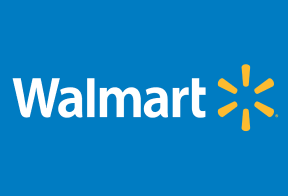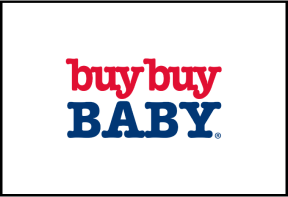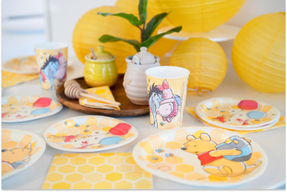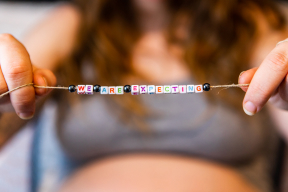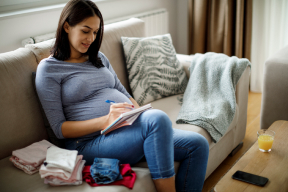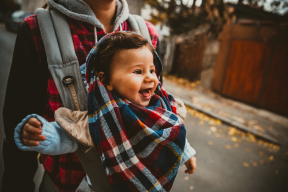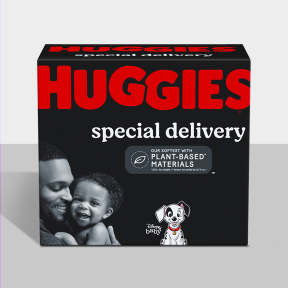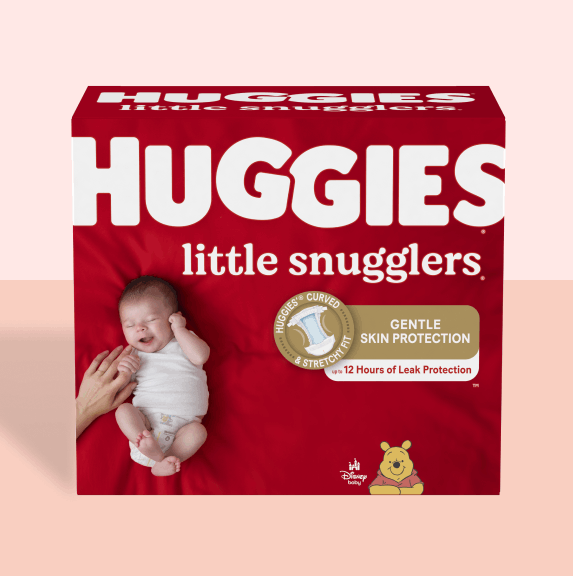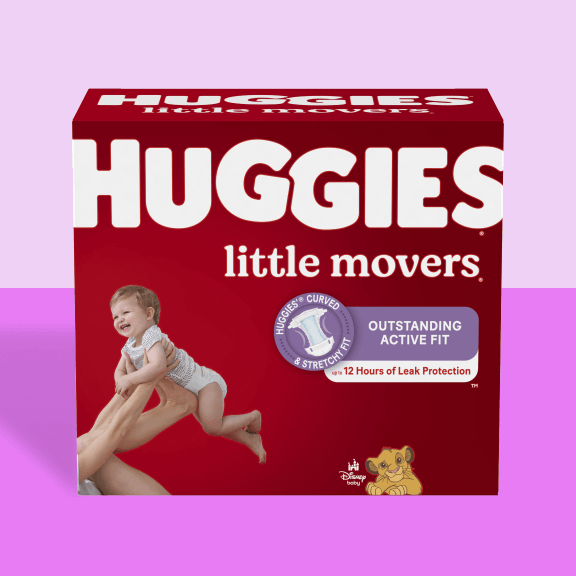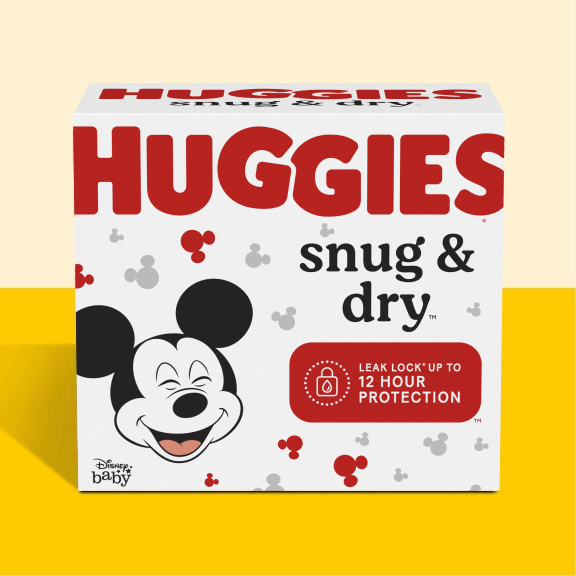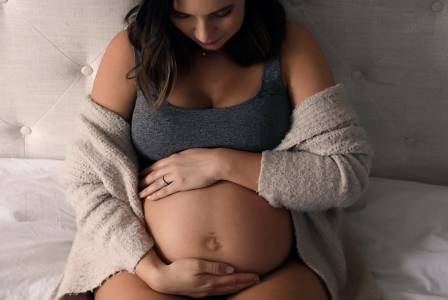Interactive Checklist
The 30 items you need on your baby registry
- Stroller: Determining what kind of stroller fits your lifestyle is the first step in picking one for your registry. If you are in an urban area, you might need something more compact to navigate city streets and elevators. If you are in a more rural or suburban area, you might want one that has capabilities for outdoors. There are strollers that have different snap-in compartments for different stages of your baby’s life, double strollers, jogging strollers and more to choose from.
- Car seat: A car seat is one of the most essential items to register for, and it can be tricky to decipher all the technical talk. You’ll want to buy a new car seat, as used car seats are not recommended for safety reasons. You have many car seat options, including ones specifically made for infants that have click-in bases to make getting the seat in and out of the car a cinch. You can also get a car seat that is convertible, which means it will grow with your baby. Regardless of which seat you choose, you should review the installation instructions and safety features and have it installed before your baby arrives so you can take him or her home from the hospital safely. You can head to the National Child Passenger Safety website to help you find a technician near you to install the seat for you if you get stuck.
- Baby carrier: Your relationship with your baby carrier is either going to be love or hate—and that all depends on your baby and the type of carrier you have, as babies respond differently to different carriers (or sometimes not at all!). The purpose of a baby carrier is to allow the parent to have their hands free. You could register for a few different types, such as a sling carrier, a fabric carrier, a soft structured carrier or a harness carrier. They come at different price points and styles to fit your budget and lifestyle. Once you receive one, review videos online and the instruction manual to practice putting it on, as it does take some getting used to.
- Baby swing: A baby swing can be an essential piece of gear to get you through those first few months. It’s a place for fussy babies to hang out and get soothed, and it’s a way for parents to have their hands free to do household tasks or just take a break. They come in several styles, many with music and mobiles.
- Crib: You might want to put your baby in a bassinet at first, but eventually you’ll need a safe crib for your baby to sleep in until he or she is a toddler. Cribs manufactured after June 2011 have the most up-to-date safety standards, so choose a new crib over an antique or hand-me-down. You will want to have the crib installed as soon as you get it so your baby has somewhere to come home to, just in case he or she comes early.
- Crib mattress: A baby needs a very firm mattress to sleep on for safety reasons, and crib mattresses are specifically designed to not only fit a standard crib, but to help keep your baby safe. Many models are dual-sided and come with a toddler side that you can flip it to when the baby is older.
- Crib sheets and mattress pad: You’ll need a mattress pad to stop any middle of the night leaks, stomach issues or blowouts from getting through to your crib mattress. You should also register for several sets of crib sheets. Babies spit up and have accidents, and depending on your child, you might be changing crib sheets quite often.
- Changing pad: A durable changing pad will be something you interact with several times a day. There are two types, a fabric-covered changing pad and a silicone changing pad. Fabric-covered changing pads allow you to remove the cover and throw it in the wash; a silicone changing pad wipes down. You might also want to register for a travel changing pad for on the go diaper changes.
- Diapers and wipes: You’ll absolutely need to have diapers and wipes on your registry. Afterall, newborns go through 8-12 diapers a day. Huggies® Little Snugglers® or Huggies® Special Delivery™; diapers are perfect for newborns, thanks to their soft, fast-absorbing liners and cut-outs for the umbilical cord. Check this chart to know how many diapers you’ll need for each size.
- Diaper removal system: You will need a way to get rid of your child’s dirty diapers. A diaper pail is a trash can specifically made for disposing of diapers. Once the can is full, you throw it out with the trash. Diaper trash bags are diaper bags specifically designed to toss in the trash that help mask the scent of a dirty diaper. These can be more effective for households that throw the trash out every day, or those that don’t like to let dirty diapers accumulate.
- Diaper bag: A diaper bag is a new parent’s on-the-go best friend. Pick one that suits your lifestyle and taste, and consult your partner if he or she will be using it as well. You’ll want to choose one that has several pockets, compartments or zippered bags within it so you can store things in an orderly fashion, and get to them easily without having to rifle through the whole bag. Look for one that is machine washable or wipes down easily.
- Glider or rocker: A new parent is going to spend a lot of time in a rocker or glider chair, so pick one that is both stylish for the nursery and comfortable. A rocker rocks back and forth, and a glider can rock back and forth and swivel. Sometimes they even come with ottomans to have a place to rest your feet.
- Monitor: A baby monitor is an essential for any parent who likes to keep tabs on what their baby is doing in another room. There are both physical monitors and WiFi-enabled monitors you can see on your phone, and a combination of the two. You can find monitors that mount to the wall, mount to the crib or that can be put on a shelf.
- Baby bathtub: A baby bathtub is a great way for a new parent to feel safe when bathing your baby. There are several kinds to choose from, including those that go into a regular bathtub and those that go into a sink. The tubs contain the child so that parents can have their hands free to get soap, washcloths and towels. It’s your preference as to where and how you bathe your baby, so choose accordingly.
- Baby towels and washcloths: You can use a regular towel when bathing your baby, but a baby-specific towel is smaller and softer—and it usually comes in cute patterns and shapes. Some styles are even hooded with animal ears on them. You can choose to coordinate your baby towels and washcloths to your nursery theme as well.
- Floor mat: Babies have three modes: eat, sleep and play. For playtime, a baby floor mat, sometimes called a baby gym, is a must-have. It’s a place for a parent to lay the baby down (before they start rolling and crawling), for a baby to look at objects and toys, and for a baby to get in tummy time. Some styles come with a bar or arch that goes overhead so that there is stimulation from all angles.
- Health kit: Your baby will need some basic healthcare items, such as a thermometer, nail clippers, a bulb syringe, a first aid kit and some basic medicines, like acetaminophen. You can register for these individually or buy them in a single kit. You can add on items such as a nasal aspirator and homeopathic remedies such as gripe water, probiotics and more.
- High chair: Even though it seems like forever away, your baby will soon need a high chair to sit in for meals. Most babies start eating solids somewhere around four to six months when they can hold their heads up. There are models you can buy that grow with the child.
- Bottles and nipples: You’ll need bottles and nipples if you are pumping or formula feeding. You won’t know which kind of bottles your baby likes until they try them, so have a few different brands on hand to test them out. You’ll need slow flow nipples for newborns. Don’t forget the bottle brush as well for cleaning.
- Pacifiers: Also known as soothers, binkies and dummies, pacifiers help calm a fussy baby. You’ll want a few on hand of whichever style and brand you choose, plus pacifier clips to keep them in place.
- Solid feeding items: Plates, utensils, cups, sippy cups, bowls—you’ll eventually need them all for your baby once he or she starts experimenting with solid food. Get multiples, as you’ll work your way up to feeding them three meals a day.
- Burp cloths: You’ll need quite a few burp cloths stashed around the house, in the diaper bag, in the nursery and even in your car. Many new parents opt to use cloth diapers as burp cloths because they are extra absorbent.
- Bibs: You might have a very easy baby who only needs a bib while feeding, or you might get a baby who spits up frequently. Bibs are a must-have to take care of any mess. They come in styles that slip on over the head, that velcro, and that snap.
- Noise machine: Most modern parents opt for a noise machine to help soothe your little one to sleep. Machines available today include a variety of noises, such as classic white noise, music, ocean waves and more. You can even register for a portable one to keep in the diaper bag for on the go naps.
- Swaddles and sleep sacks: A swaddle is a blanket that can help calm your newborn and get them good sleep. There are some styles that come with velcro tabs to make swaddling easier as well. The The American Academy of Pediatrics has great information on how to swaddle your baby if you choose to do so. Sleep sacks are another optional item that your baby can graduate to; it’s essentially a wearable blanket.
- Wardrobe: You’ll need to clothe your baby, and depending on what time of year he or she is born, the wardrobe needs might be slightly different. Make sure to register for an assortment of baby sizes, including newborn and 0-3, since you won’t know exactly how big your baby is until he or she is born.
- Postpartum supplies: You can’t forget yourself! While the hospital will send you home with postpartum supplies, it’s a good idea to have some on hand, such as peri bottles, ice packs, disposable adult diapers, mesh underwear, nipple shields, nursing bras and more. Several brands make handy kits you can purchase that contain all these items.
- Nursing pillow: If you are nursing, you’ll want a nursing pillow to help hold your baby up, which will make it a more comfortable experience for you both. Many nursing pillows can be also used for tummy time and teaching your baby to sit up.
- Books for new parents: New parents might want some help with navigating the first year. There are several books, depending on your parenting style, that you can also register for.
- Books for baby: Even though they can’t read yet, babies love to look at books. Board books are appropriate for ages 0-4 years old. There are also soft and squishy books that are more of a sensory experience for newborns that you can register for as well
Don’t forget to download your registry checklist to share with your friends and family!
